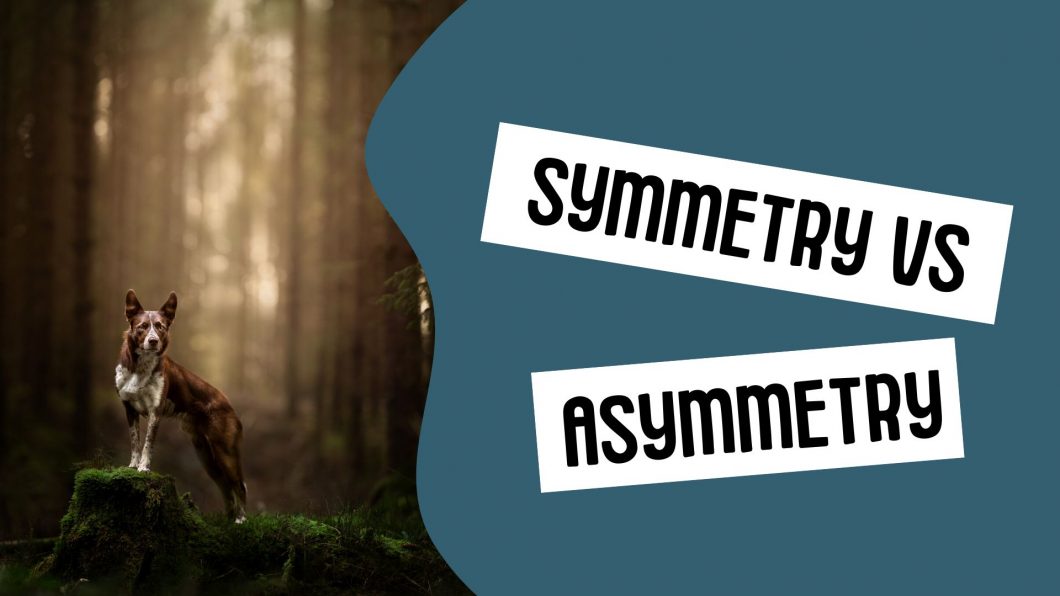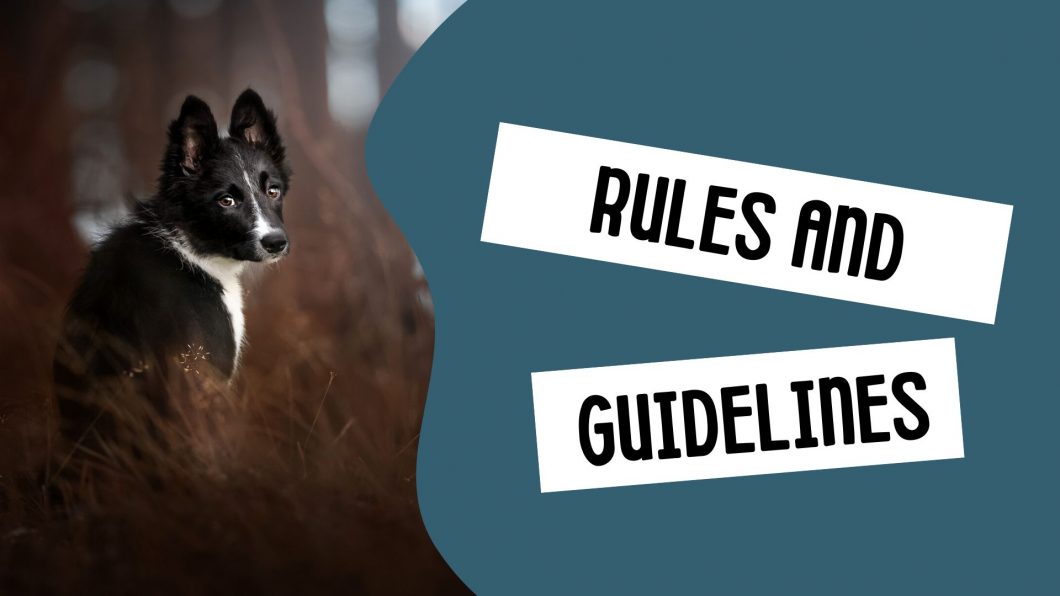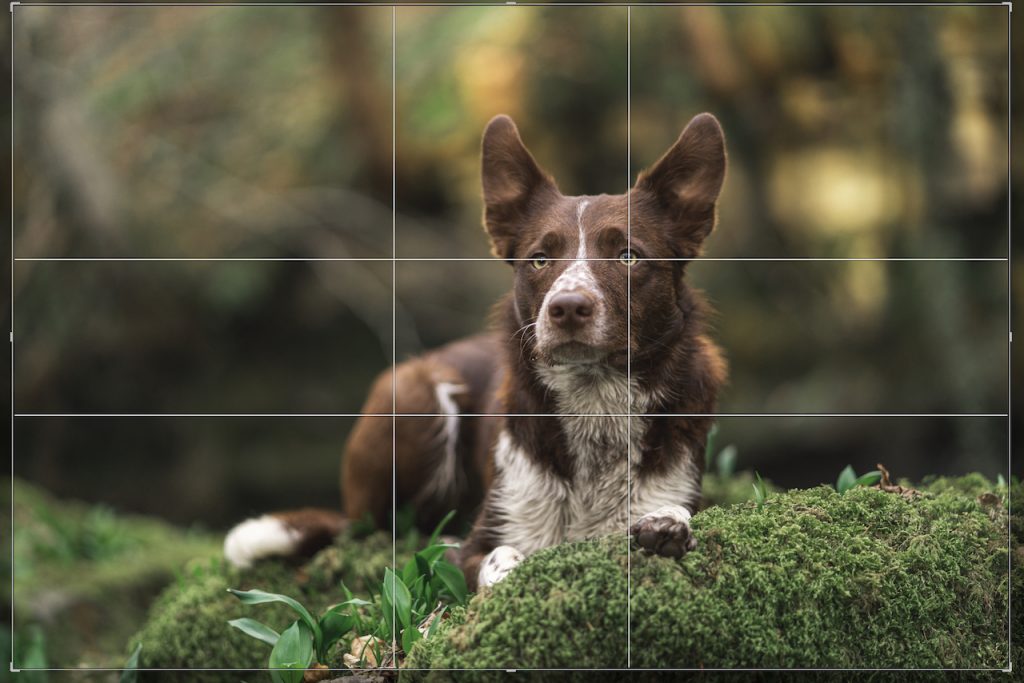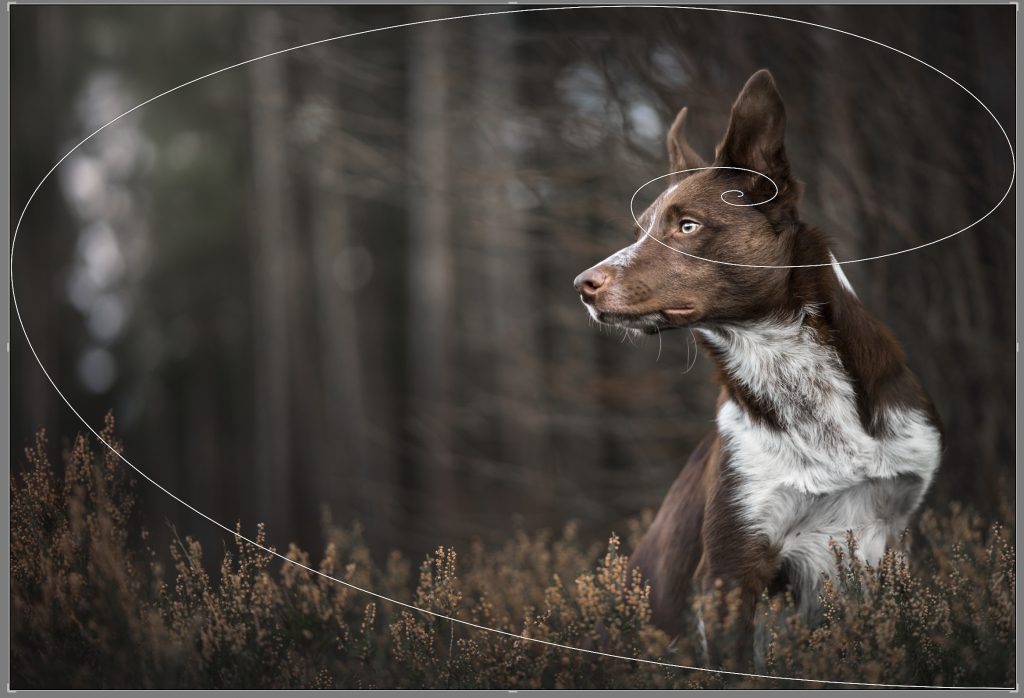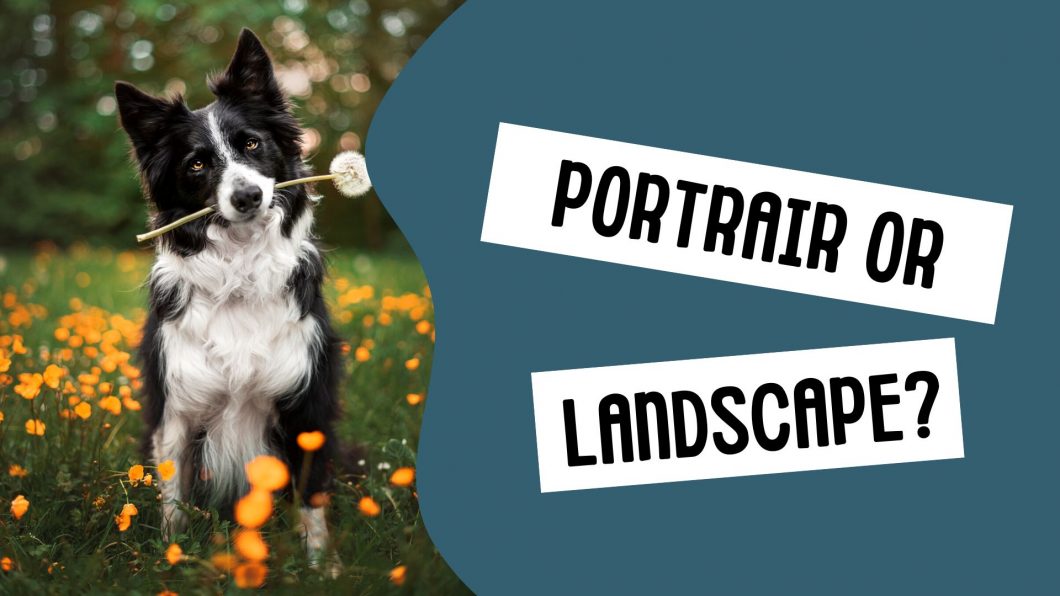The first and most obvious thing to decide is whether your image will be symmetrical / centered – with the dog straight in the middle, or asymmetrical, with the dog off to one side.
When I’m talking about symmetry here, I don’t mean that both sides of the image will be identical – this is rather difficult in natural environments. More that the dog is more or less in the middle, without the balance of the image being to one side of the other.
There are a few reasons you might choose to do it one way or the other. Symmetrical photos are great with balanced, even backgrounds (eg., there isn’t one side that is very dark and one side and one very light side.), where the dog is quite perpendicular to the camera, looking directly into the lens.
These photos tend to be powerful but not very dynamic, and quite safe. They can make for dramatic, strongly-connected images. Some examples of symmetrical/centred photos:
Asymmetry
Asymmetry is when the image is “off-centre”. There are two instances when you can use asymmetry.
- One, where the dog is looking to the side instead of straight forward. You should give him “space to look into”.
- The other is a little more tricky. The dog may be perfectly situated for a centred, symmetrical photo, but you compose it so that he is off to one side. This is quirky, a bit interesting, and should suit the mood. For example, I would not necessarily use a quirky off-centre photo with a very dark and intense mood (but again, rules are made to be broken). These can make use of elements or frames in the image (eg., tree trunks) where it wouldn’t make sense to have the tree in the middle of the mage.
Here are some examples of off-centre asymmetry where the dog COULD have been centred.

